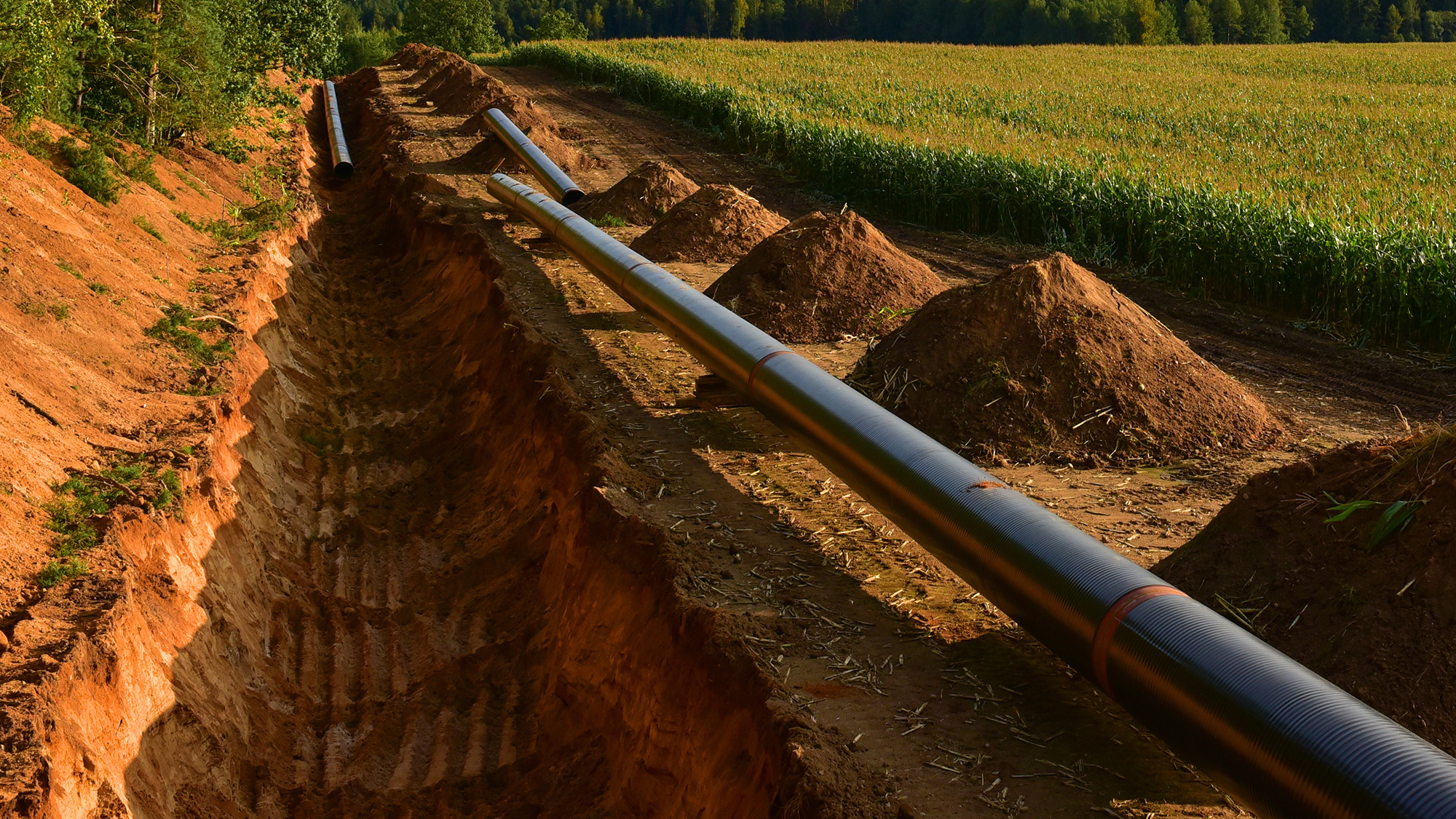
Rethinking Canada’s energy landscape: Q&A with Torys’ National Energy Regulatory Practice
Canadian industry stakeholders are facing unique challenges as they navigate shifting economic and foreign policies, largely due to the change of leadership in the United States and the looming Canadian general election. Leaders of our National Energy Regulatory Practice gathered to share their insights into how the current geopolitical landscape may affect energy, project development and other industry priorities.
In the following Q&A, Lou Cusano (who leads the Energy Regulatory Practice group in Calgary), Charles Keizer (who leads Toronto’s Energy Regulatory group) and Dennis Mahony (Head of the Environment Law group that works closely with our energy lawyers) discuss Canada’s current energy landscape coast-to-coast, sharing their sense of how national priorities are changing and what we might expect from policymakers moving forward.
How do you see U.S. tariffs influencing the overall Canadian energy landscape?
Charles: From an energy regulatory perspective, I think the current situation casts a great deal of uncertainty for energy-producing companies, consumers and the industry in general. One issue it presents is that we are already looking at spending a lot of money on infrastructure renewal and energy transition to electrification. It’s also safe to assume electricity rates will increase. If tariffs and counter-tariffs occur (because tariffs have inflationary and recessionary effects), the regulatory questions may become: how do regulators decide the appropriate level of rate increases, who should share the burden and what is the appropriate pace of energy transition? Does it remain a priority?
I think it will create a number of different tensions. Another big policy consideration is how the government will respond. If we are going to be competitive in the world, we need appropriate infrastructure that is reliable and modern. I anticipate that we will see the appetite to invest in this work increase to mitigate the implications of tariffs and enable us to engage with the U.S. market.
How do you expect energy demand to grow in the next five to ten years globally and at home?
Charles: Growth and demand will be highly dependent on the geopolitical situation, tariffs and the economy. I do not believe demand will decline. There will be intensifications; the question is to what degree.
Lou: I agree. Present forecasts suggest that energy demand (electricity and oil and gas) will continue to grow. However, as Charles suggests, there are many factors at play in consumer demand for energy, and present geopolitical and economic issues bear monitoring for their implications on energy demand.
Which energy assets do you expect to see the most investment interest in and why?
Charles: From a Canadian perspective, pipelines. Partly because we’ve missed an opportunity over the last 10 years to be a leader in the transport of, particularly, LNG through cross-continental pipelines. Energy markets are affected geopolitically, so there are considerations here that we will watch play out, but we anticipate a greater interest in the construction of pipelines. Who’s going to lead the investment is the real consideration. It will be interesting to see if policymakers will improve investment risk in the country, making pipeline development a more viable option.
Dennis: I agree that investing in pipeline infrastructure is an obvious one. We currently have a lot of energy being exported to the U.S. There is also an enormous part of our large country we could be piping Western and Eastern Canadian oil and gas to, if we can get those projects approved.
Lou: One of the keys to this infrastructure development is some semblance of regulatory certainty. I think that project proponents may be reticent to step forward absent clear and efficient regulatory processes, in light of the interjurisdictional nature of these cross-country projects.
In the current landscape, what are the key priorities of project proponents?
Dennis: I think the key priorities are consistent across the country: cut red tape, speed up the approvals process, decrease the uncertainty that comes with litigation risk and better leverage the opportunity to partner with Indigenous communities.
Lou: I agree. An efficient and coordinated regulatory process will be a key consideration for project proponents.
Permitting, approving and licensing processes have been known to slow the development of energy projects. What steps do we think the federal government may take to streamline project approvals, and what might be on the horizon with the upcoming federal election?
Dennis: We have covered that subject extensively in our articles on the Impact Assessment Act and projects of national importance, as well as others in our Spring 2025 Quarterly report. Regardless of the government we end up with, I anticipate there will be material adjustments to approval processes both federally and provincially. The federal Impact Assessment Act has been the focus of concern in recent years with respect to the length of time projects take to get approval. The current Liberal government has been increasingly getting that message. The Trump tariffs put a lot of pressure on exactly that type of red tape. It has not been uncommon for it to take five to ten years to approve some projects. I don’t think there is any party who thinks we have that kind of time going forward to build resilience into our economy. Canadian politicians across the board know we have to maximize our resource potential and in short order.
Canada currently has set targets to reduce the country's GHG emissions by 40-45% below 2005 levels by 2030 and to achieve net-zero GHG emissions by 2050. Do you have any observations or perspectives on where we think climate targets will head in the near and longer term?
Charles: Depending on how the geopolitical issues evolve, the energy transition timeline may be reconsidered. Individuals and industries—concerned about their economic well-being, survival and their ability to compete in the U.S. market or globally—may reconsider their priorities because we will have to deal with things differently. This may include some lessening of the focus on this issue. It may come back to be a critical component. There may come a time when people decide to refocus on Canada’s overall contribution to global emissions and determine how much we want to prioritize this, relative to the cost and benefits of the energy transition and energy infrastructure investments generally.
Dennis: I agree with Charles. The kind of economic shock we all seem to have in store has had a tendency, historically, to push environmental concerns further down the priority list. Practically, I think we are likely to see less new climate-related legislation and possibly a relaxing of some of the environmental standards for very large projects. That situation is likely to be temporary, and we will see a rebound once we have adjusted to the new normal economically.
What are some (either perennial or emerging) litigation risks energy stakeholders ought to understand?
Dennis: I think the litigation risk for pipelines and related infrastructure projects is likely to be lower going forward than it has been historically because legislators will try to address it in some of the new legislation intended to facilitate large infrastructure projects. Privative clauses, which limit the scope of legal challenges that can be brought, are one example of the legal tools we expect will be utilized.
Lou: Recent geopolitical developments and, in particular, the ongoing tariff dispute with the U.S. have clearly brought home the message that Canada must become more economically nimble, resilient and self-sufficient. Energy has become front-and-centre for all Canadians in terms of achieving these goals. And, of course, cross-country projects like pipelines are now being discussed as critical in that respect. It is essential that all relevant jurisdictions (provincial and federal) approach the review and approval of any such projects on a coordinated basis to allow such projects to be assessed and approved in the most efficient manner possible. Signals to the industry that underscore such an approach will, as Dennis suggests, lead to increased confidence for project proponents and investors that this important work can be done and done efficiently.
To discuss these issues, please contact the author(s).
This publication is a general discussion of certain legal and related developments and should not be relied upon as legal advice. If you require legal advice, we would be pleased to discuss the issues in this publication with you, in the context of your particular circumstances.
For permission to republish this or any other publication, contact Janelle Weed.
© 2025 by Torys LLP.
All rights reserved.


